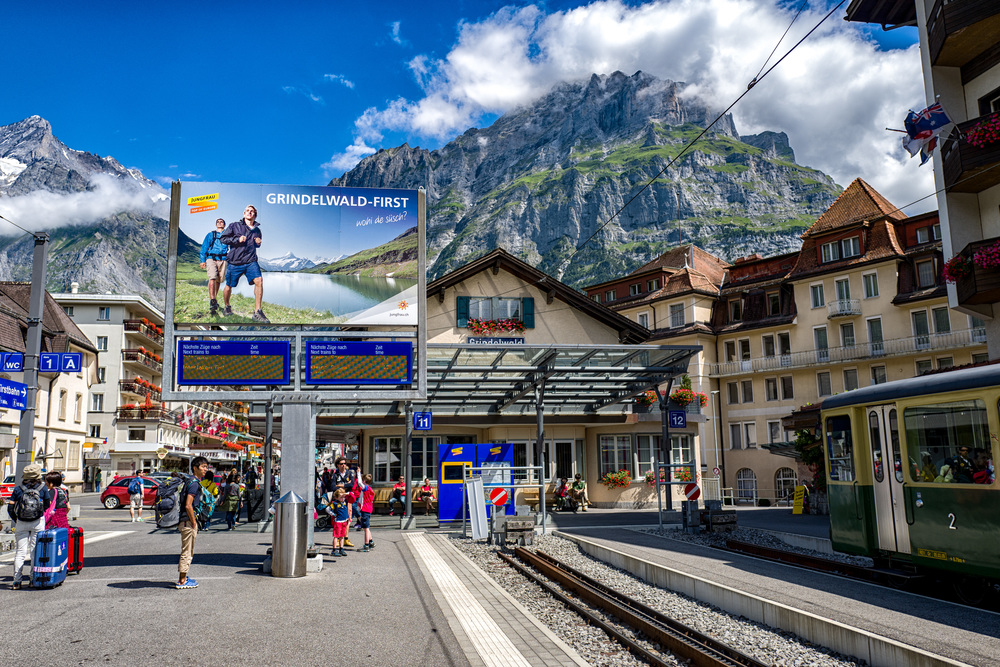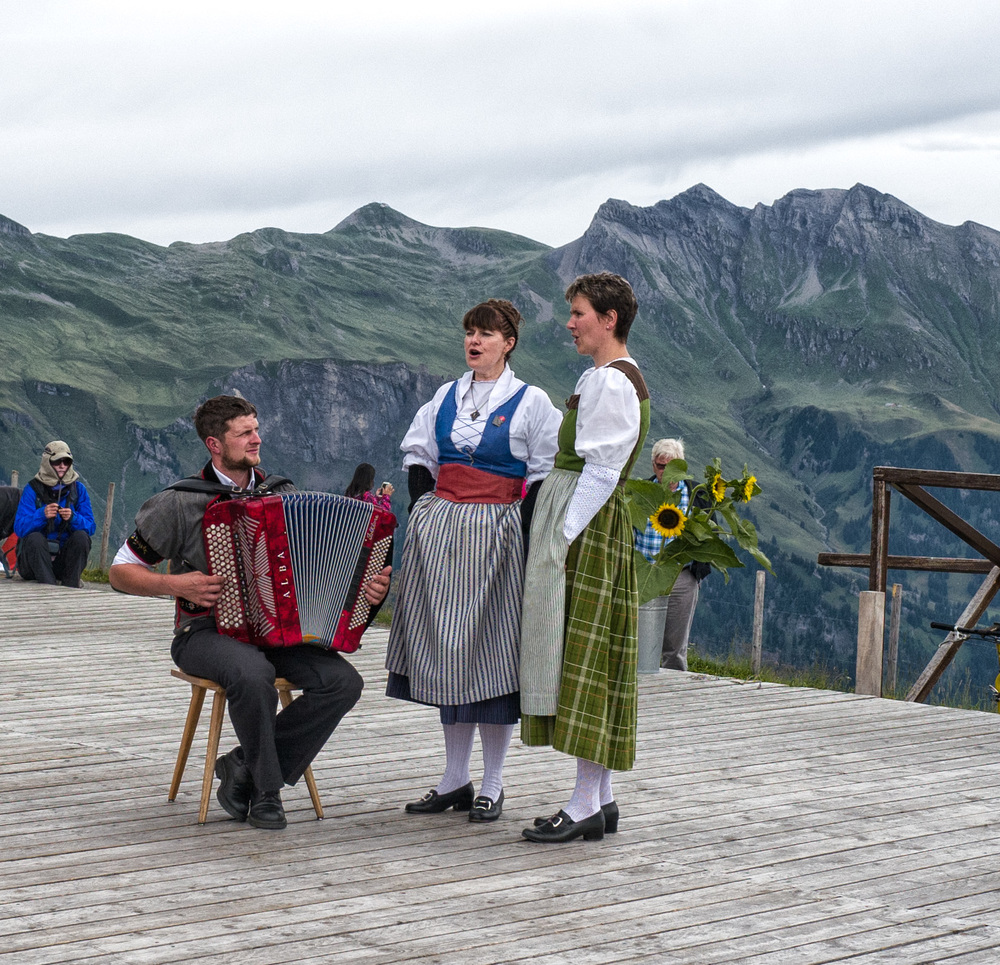
I continue to be blown away by the prowess and design of the Leica Q. It is no surprise it is on back order through the world. It is a fixed-lens M with little compromise and, as such, it ticks all the boxes, including value for money. It is undoubtedly the best value camera in the current Leica range and is also unquestionably the best digital compact ever to emerge from Wetzlar. By a mile. I haven’t seen a negative review, which is saying something for a Leica compact. Even the Leica haters have been silenced and all they can do is talk about price. Even there they are wrong. At £2,900, the Q is good value for money in comparison with its only full-frame competitor, the Sony RX1.
The implementation of the crop simulation, with M-like frame lines, is beyond reproach. It is nothing new, of course, and Bill Palmer writing on MacFilos last week, demonstrated the benefits of the similar system on the bargain Ricoh GR. Strange that is two 28mm cameras that make the most of the simple concept of in-camera cropping.

Changing the angle of view on the Q is very easy and just as useful as, say, mounting a Tri-Elmar mechanical stepped zoom. With the 24MP full-frame sensor, cropping to 35mm loses very little; you are still benefiting from a 16MP sensor. While even the maximum 50mm crop is perfectly acceptable.
You are bluffed into thinking you are using a 50mm lens and you make your composition accordingly. Others will say you can do this with any 28mm lens — just imagine the cropped image and adjust it later in Lightroom — but, while true, it isn’t the same. The Q’s crop system works like a dream and encourages you to believe you have a Tri-Elmar mounted. Only it is really a Tri-Summilux.
The big difference between this crop system and a true zoom, apart from the obvious one using only a part of the sensor, is that you can uncrop the results from the Q or the Ricoh. You cannot uncrop a shot from a zoom lens. With in-camera cropping it’s a simple matter to recover the full 28mm frame in Lightroom. The Leica Q offers a stupendous 28 or 35mm lens and a perfectly acceptable fifty.
Given that the Q succeeds with this system, which is more than a gimmick, I see a convincing argument for a 50mm version of the Q: Let’s call it the Q50. This camera would offer superlative 50mm, excellent 75 and very acceptable 90/100mm fields of view. I could imagine a combined rig of Q28 and Q50 covering 95 percent of the average Leica photographer’s needs. The two would be great travel companions. And no lens changing, far less risk of sensor dust.
Macfilos Leica Q review
Leica Q in the Swiss Alps
Leica Q goes on the naked bike ride

This would indeed be very nice. I’d like Ricoh to implement framelines in the 35mm crop mode, rather than just zooming the view.
I think there is merit in both approaches but I much prefer the Leica implementation. Perhaps they’ve patented it. Of course the Leica has the advantage of that big viewfinder whereas any framelines on the Ricoh would be seen only on the screen. Anyone using an OVF would be confused.